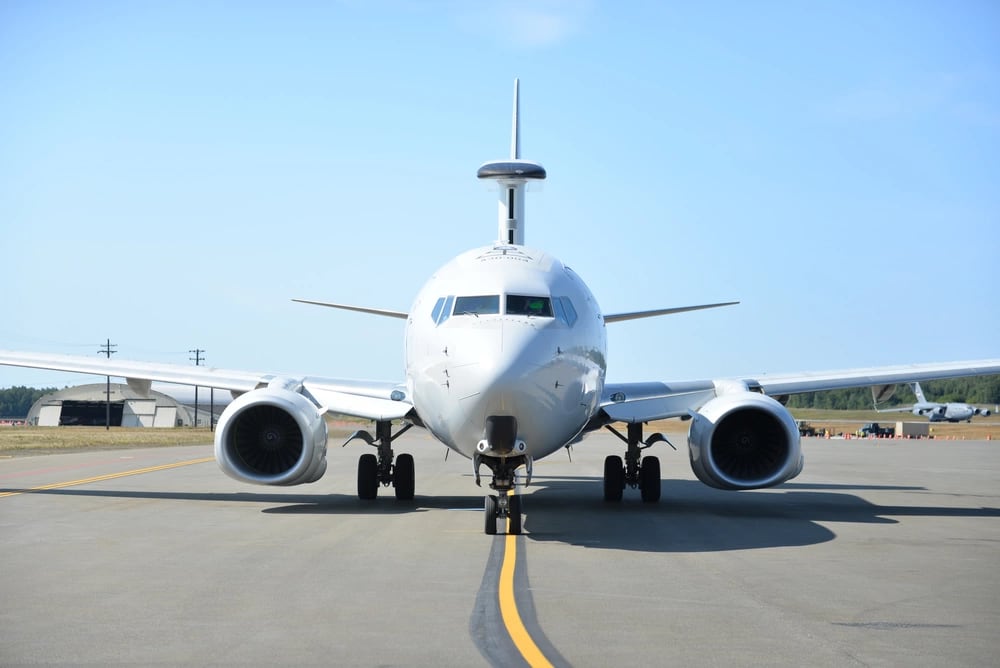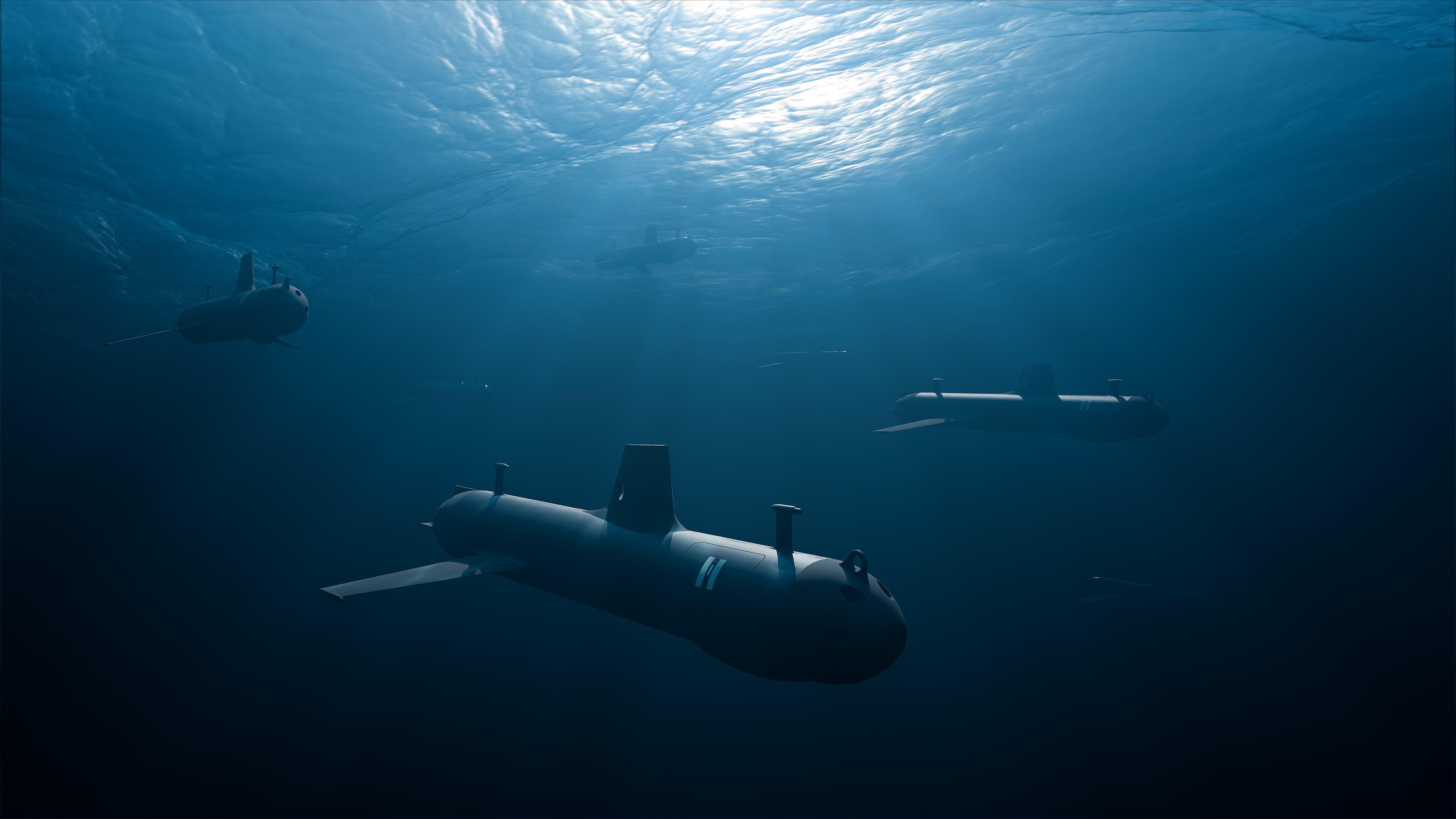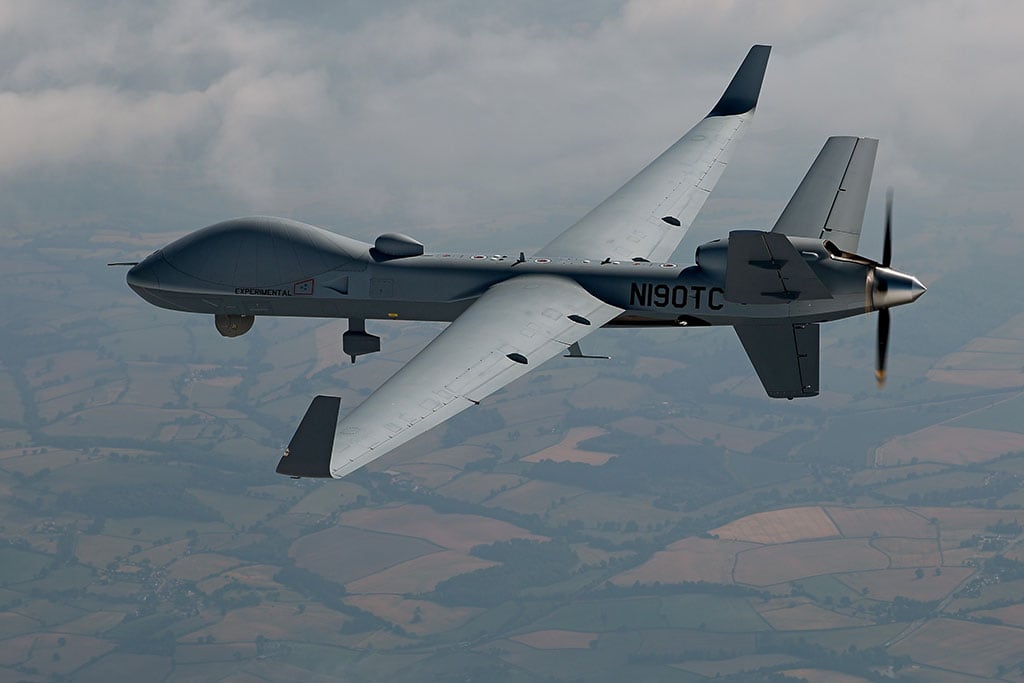With the May 23 release of the fiscal 2018 budget, Defense Department leadership is making clear departmentwide goals to overhaul the U.S. military and position for a new era of warfare.
According to budget documents, the 2018 request is the second step in a three-step process meant to "undo the damage" of budget cuts, fiscal uncertainty and 15 years of war. The first step was a 2017 request for additional appropriations, or RAA, for $30 billion to shore up readiness and fuel the fight against the Islamic State group; the third will be the fiscal 2019 budget and beyond.
"This strategy will inform the nature and size of the future force and therefore the investments necessary to achieve that force," the documents states. "With the strategy in hand, the department will be able to determine the specific budget necessary to continue rebuilding capacity and lethality across the joint force."
Ahead of the 2017 RAA, Pentagon leadership executed a 30-day readiness review focused on joint readiness, the findings of which also helped guide budget requests for 2018.
"There are a number of significant challenges to recovering readiness including budget uncertainty, persistent operational tempo, and the time required to rebuild readiness properly," according to a budget overview. "As a part of this review, the joint force identified and analyzed efforts which could be included in the FY 2018 budget request in order to counter national security threats, fulfill steady-state demand, and implement readiness recovery plans."
Those efforts vary across the services. For the Air Force, it optimizes funding for the service’s Flying Hour Program and training ranges, to include modernization and increased capacity. The Army’s budget will target development of the force capable of defeating near-peer threats by increasing combat training center rotations and home-station training. The Army specifically is focused on anti-access and area-denial capabilities for full-spectrum warfare. The Marine Corps is putting money into combined arms exercises for Marine air ground task forces, while the Navy "will continue implementation of its Optimized Fleet Response Plan, balance critical maintenance, and train while maximizing employability of its forces."
With jointness as a key component of readiness, the budget language highlights efforts such as the $596 million Combatant Command Exercise and Engagement and the Training Transformation programs, collectively referred to as CE2T2. It’s "the only DoD Joint training program that ensures the combatant commands and services are able to train fully capable joint/coalition forces to meet wartime requirements."
Where technology meets readiness
While the technology side of things is more behind the scenes than the big-ticket programs and systems, it did get a boost in the 2018 request — including a nearly 6 percent increase over 2017 in science and technology spending at $13.2 billion. Big winners there include the Defense Advanced Research Projects Agency ($3.1 billion), "robust basic research" ($2.2 billion) and the Strategic Capabilities Office ($1.2 billion for "three primary focus areas: enabling systems to cross or blur domains, creating teams of manned and autonomous systems, and leveraging enabling commercial designs and technologies").
Additionally, the Defense Innovation Unit Experimental, or DIUx, would net $45 million in addition to $60 million for a joint DoD/In-Q-Tel defense technology innovation program.
While cyber spending is spread throughout the budget and labeled as various line items, the budget overview underscores the criticality of the DoD’s 133 Cyber Mission Force teams and the Army’s lead in developing DoD cyber training ranges, including the acquisition of a persistent cyber training environment. Much of that spending is folded in under "C4I systems."
Interestingly, the overview also points out U.S. Cyber Command’s limitations in cyber acquisition.
"The process of equipping the CMF is supported through materiel solution analyses, prototyping, and the acquisition of cyber capabilities," the document notes. "Although the services have the capacity for acquiring cyber systems, U.S. Cyber Command was also granted limited acquisition authority for cyber-peculiar capabilities. Title 10 military operations in cyberspace continue to provide US forces with operational experience as well as insights into the Command and Control (C2) capabilities required to effectively conduct integrated cyber operations."
To that end, "C4I systems" is slotted for $8.6 billion, up from $8.3 billion last year.
Space-based systems also saw a significant boost for 2018 with a request for $9.8 billion, up from $7.2 billion in 2017. The focus for space-based systems includes satellite communications, overhead persistent infrared capabilities and space-launch systems.
Among space spending priorities: Space Based Infrared Systems vehicles 5 and 6; Advanced Extremely High Frequency vehicles 5 and 6; and the currently underway, Air Force-led analysis of alternatives to determine how to meet future satcom needs through wideband communications services. The request also mentions a future Navy-led analysis of alternatives of narrbowband replacements of the existing Mobile User Objective System.








